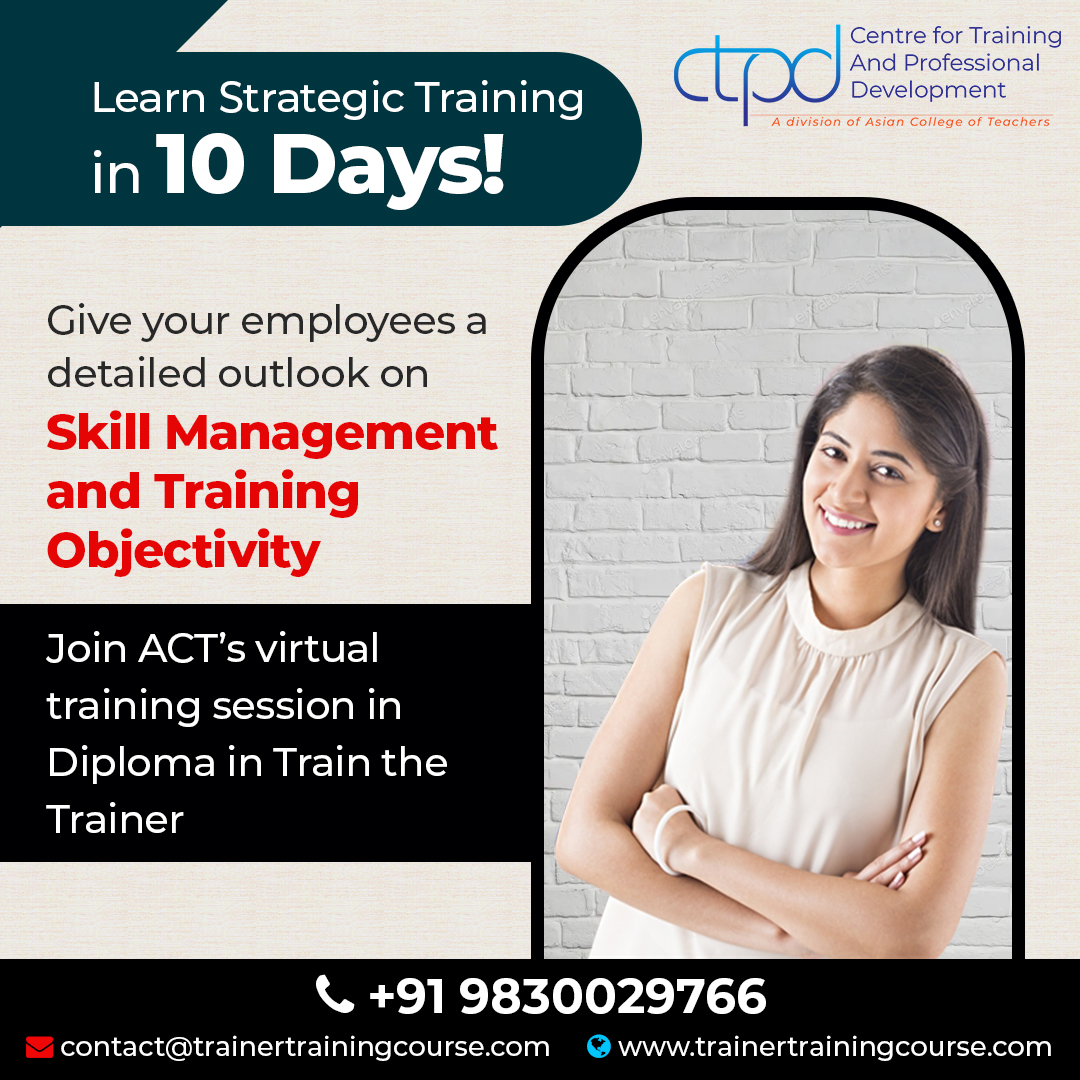With the dawn of 21st Century, education has finally taken a shift from the traditional practices to modern day teaching techniques. One of the most important aspects of the learning process today involves developing skills that are necessary to acquire an art instead of engaging one’s complete focus on the content that is being taught. This in turn, also indicates that students need not be taught in the same old traditional setting and based on their age group or level. Hence, saying this, we can see eye to eye how Blended Learning has emerged and created its exigency in the system.

In the simplest manner Blended Learning can be defined as an approach where online education gets merged with the traditional face-to-face classroom learning. It involves interactive live sessions conducted between teachers and students with the use of technology.
Let us now take a look at the advantages of Blended Learning that makes it unique and the first choice of numerous learners around the globe.
Blended learning can actually have a number of combination of methods for studying. However categorically we can enlist them under the following heads.
Finally, to sum up we can surely say that whether it’s basic or a professional learning need, if we are committed towards our education, wish to upgrade and are serious about our career, the only way to get the better of time and opportunities available and to make the most out of it is through - Blended Education.
Asian College of Teachers (ACT) undertakes a continuous review of its teacher training courses to ensure imparting high quality education. However, there might be circumstances outside of ACT’s control which might affect its stakeholders like if you are planning to teach in a different country, applying for a teaching license, pursuing higher studies or trying to get the certificate approved by the Ministry of Education (MoE) of a particular country then you can do so with the certificate issued by Asian College of Teachers (ACT). However, each country’s Ministry of Education (MoE) or educational bodies set certain standards that are indispensable for the pursuit of higher studies or teaching in schools in that country. So it can be a possibility that you may be able to use the certificate for higher studies or teaching purposes in one country and not in another. Therefore, we strongly recommend that you investigate thoroughly and check with the relevant authorities regarding the acceptance of the certificate issued by us before you enrol on a particular course. ACT strives to offer high-quality education and its certificates can be valuable for various purposes internationally, but still it is crucial for individuals to verify the specific recognition of the certificate in the country they intend to use it, especially for formal education or professional licensing purposes. This approach ensures that the stakeholders make informed decisions regarding their educational and career paths.
Centre For Training & Professional Development (CTPD) - The Trading brand of TTA Training Private Limited, India is a ISO 9001:2015 Company




© 2024 - Centre For Training & Professional Development (CTPD). All Rights Reserved. Centre For Training & Professional Development (CTPD) trading brand of TTA Training Pvt. Ltd (India) - CIN U80902WB2016PTC215839, Asia Teachers Training Co., Ltd (Thailand) - Registration No. 0105558193360 & Asian College Of Teachers Ltd (UK) - Company Number 9939942 & Asian College Of Teachers LLC, (USA) - Federal Tax Identification Number 30-1261596
Designed by kreativewebtech